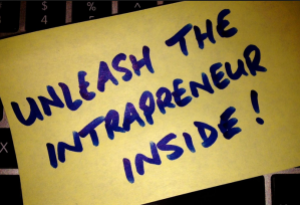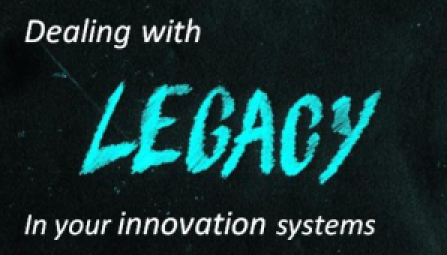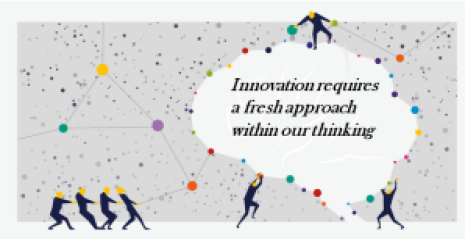
I recently wrote a post, “Affordability versus Sustainability – a cause to be addressed.”
That post looked at the shifts that I felt were underway in moving from a society that accepts where it is heading, in expecting “affordability” is changing as our “choice” gets constrained.
I argued there is this growing recognition that a consistent amount of crisis points are causing growing anxiety and stress, and these tensions and pressures are not sustainable, they are shifting our attitudes.
Are we appreciating that there is a fundamental change happening, and we have to have an increased sustainability focus, one that is becoming a much larger part of our thinking in the future?
So how do you vote?
So if you are voting for a continuance of affordability expecting an abundant world, then our innovation stays locked into incremental improvements to keep forcing the price down and demand up. But we are deluding ourselves.
Presently we drive efficiency and effectiveness but progressively into a crisis of our own making. Demand outstrips supply. We are consuming more than we can sustain, and something, really soon, will have to give.
Choosing Sustainability then innovation has that real chance of being radical, distinctive and providing breakthroughs that can revolutionise and change our world. It can allow us to begin the pathway back to getting our planet and its limited resources into some semblance of balance.
Continue reading “Applying innovation thinking to Affordability versus Sustainability”








